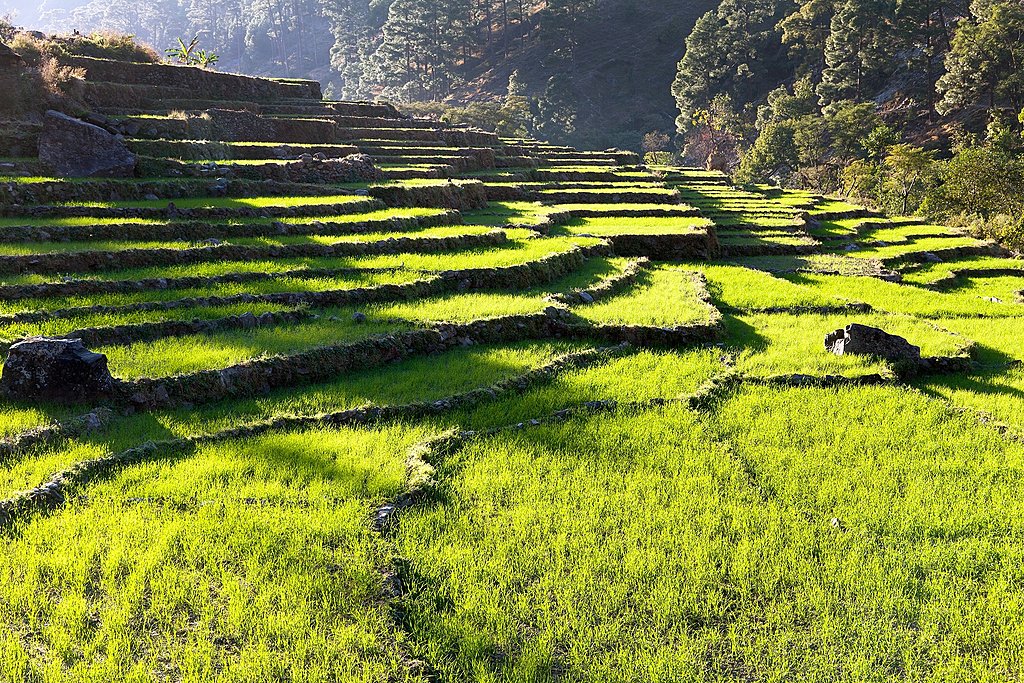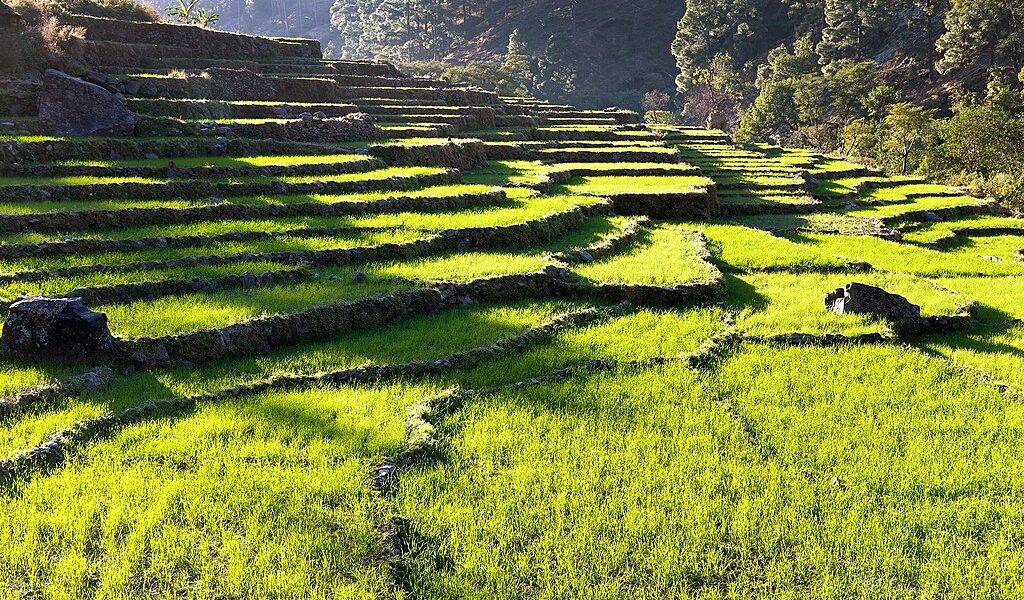
While August is still a month of monsoon rains, they ease by the end of the month. Visitors to Nepal in August will be welcomed by dazzlingly green rice fields. High altitude hiking is out of the question, but trails in the magical Mustang region remain dry. And this is a good time for cultural sightseeing—you’ll have the most popular spots all to yourself.
Nepal in August: A Comprehensive Guide
August in Nepal presents a unique travel experience, characterized by the tail end of the monsoon season. This comprehensive guide delves into the weather patterns, crowd dynamics, potential costs, trekking opportunities, regional highlights, cultural activities, and significant events that define Nepal during this time of year. Understanding these elements is crucial for planning a memorable and fulfilling trip.
Weather Considerations
Nepal’s diverse topography contributes to dramatic climatic variations across the country. From the steamy plains of the Terai to the rolling hills of the Kathmandu Valley and Pokhara, and ascending to the towering heights of the Himalaya, the weather transforms dramatically. August marks the conclusion of the monsoon season, though intermittent rainfall persists well into September. Consequently, temperatures tend to remain elevated and humidity levels are high throughout Nepal. Expect wet and muddy conditions, particularly in lower-lying areas and along trekking trails.
Crowds and Costs: An Advantage of the Season
August falls within Nepal’s low tourist season. This translates to a significant advantage for budget-conscious travelers. Many hotels offer substantially reduced rates to attract visitors during this period. Furthermore, the majority of trekking trails are relatively deserted, as the less-than-ideal weather deters many outdoor enthusiasts. If you seek solitude and are willing to navigate the challenges of monsoon conditions, August can provide a uniquely intimate experience with the Nepalese landscape.
Navigating the Trekking Trails
While August may not be the quintessential trekking month in Nepal, it does offer specific opportunities. The pervasive cloud cover often obscures panoramic views. The trails are also often plagued by mud and slippery surfaces, demanding caution and appropriate gear. Landslides can disrupt road access to trailheads. However, Mustang stands out as a remarkable exception to these challenges.
Where to Venture: Regional Highlights
Much of Nepal’s central hill region showcases its agricultural heartland. By August, the monsoon rains have generously nourished the rice seedlings that were planted earlier in the season. This phenomenon transforms the hillsides into a breathtaking tapestry of vibrant green. These captivating scenes are readily visible on the outskirts of the Kathmandu Valley, lining the roads between Kathmandu and Pokhara, and enveloping the scenic landscapes around Pokhara itself.
However, Mustang offers a dramatically different experience. Nestled within the rain shadow of the mighty Himalaya, Mustang remains shielded from the brunt of the monsoon. This unique geographical position results in sunny skies and moderate temperatures, tempered by the higher altitude. The skies typically remain clear, providing stunning views. While landslides can complicate overland travel to Mustang, Jomsom maintains convenient air connectivity with Pokhara.
For those determined to trek in Nepal during August, Lower Mustang and Upper Mustang present viable options. Several other regions, including Upper Dolpo and the Nar-Phu Valley, also fall within the rain shadow of the Himalaya. However, accessibility to these areas can become exceptionally challenging during August due to weather-related disruptions. Careful planning and a flexible itinerary are essential.
Activities Beyond Trekking: Cultural Immersion
Even if outdoor adventure activities are somewhat limited during August, Nepal offers a wealth of cultural experiences to enrich your visit. The cities and towns of Kathmandu, Pokhara, and Bandipur boast a diverse array of temples, museums, bustling bars and restaurants, vibrant shops, and charming accommodation options. Exploring these urban centers allows you to delve into Nepal’s rich history, artistic traditions, and culinary delights.
August Events: A Celebration of Tradition
Traditional Nepali festivals, guided by the lunar calendar, add a unique dimension to the August experience. The exact dates of these festivals shift from year to year, sometimes falling in July or September. Several significant festivals often occur during August, including:
Janai Purnima: A sacred thread-changing ceremony observed by upper-caste Hindu men. This festival is celebrated with particular fervor at Lake Gosaikunda, situated in the Langtang region. The event draws numerous pilgrims and offers a glimpse into deeply held religious practices.
Gai Jatra: A poignant festival commemorating family members who have passed away during the preceding year. Gai Jatra is marked by colorful processions and displays of remembrance, offering solace to grieving families.
Krishna Janmashtami: The celebration of Lord Krishna’s birth, observed with special enthusiasm at Patan Durbar Square. This festive occasion includes devotional music, dance performances, and elaborate decorations.
Exploring the Kathmandu Valley in August provides unique experiences, as the region’s markets, temples, and cultural sites retain their charm regardless of the weather. A six-day itinerary allows ample time to discover many of the highlights. Embarking on the Upper Mustang Trek provides an unforgettable adventure through a rugged landscape. This trek ventures into one of the driest regions of Nepal, offering spectacular mountain scenery and a glimpse into a unique culture.
With meticulous planning and a flexible approach, a journey to Nepal in August can be an enriching and memorable experience.
B-1733

